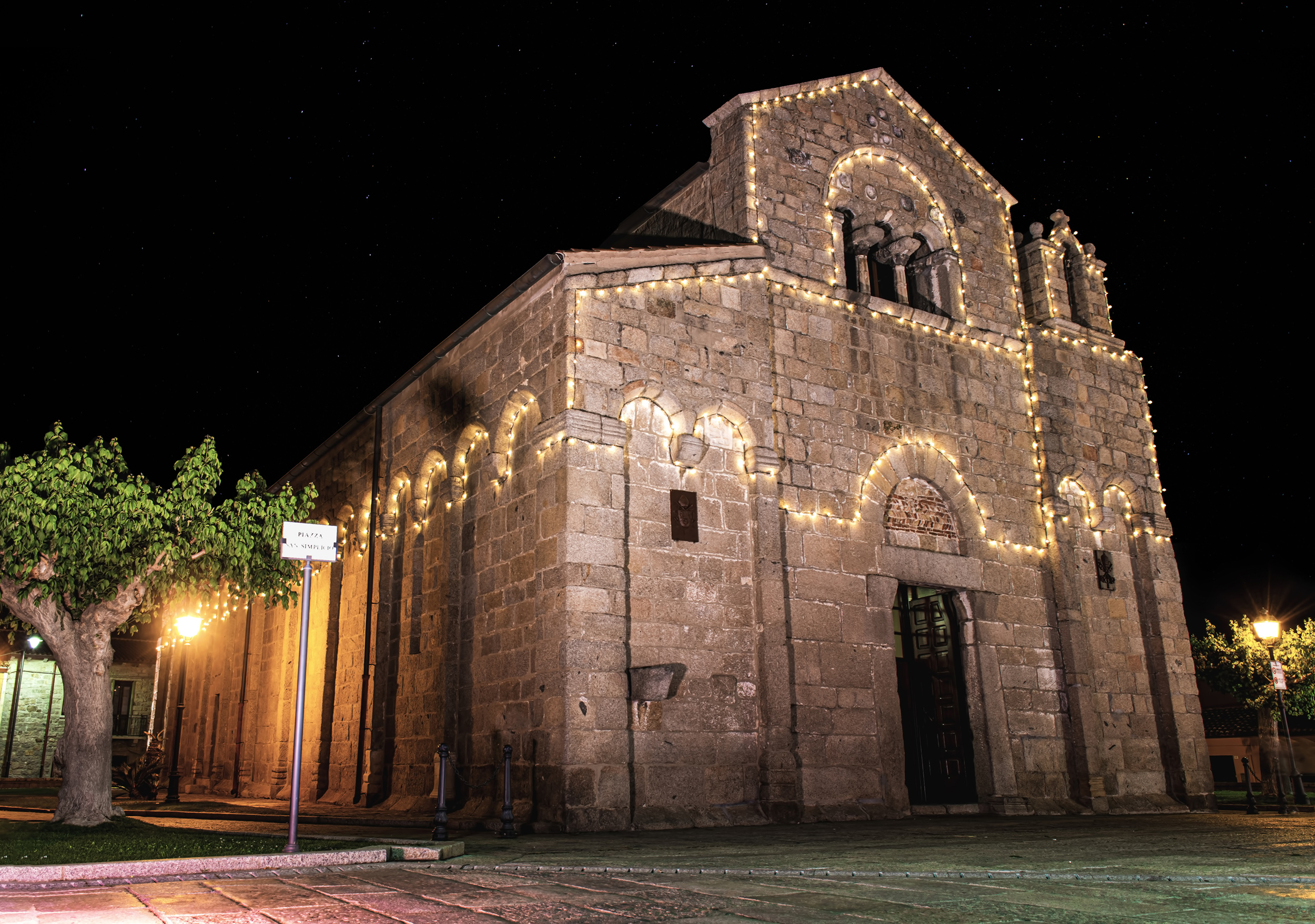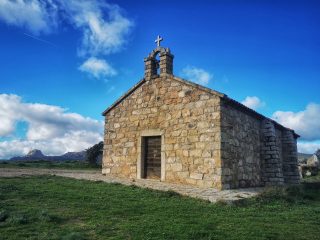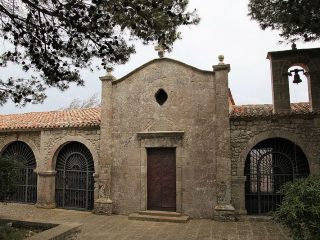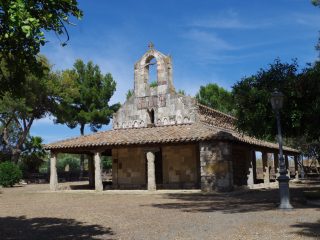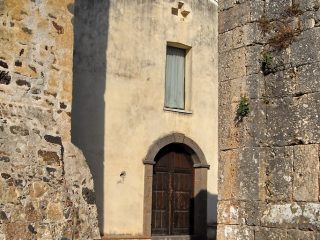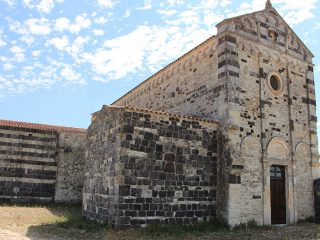La basilica of San Simplicio was the first episcopal headquarters for the diocese of Olbia-Tempio, as well as being the largest Romanesque church in the Gallura capital. It was established near an ancient Roman necropolis and was built at different stages over a period of time spanning from the XI century to the second half of the XIII century.
The naves and apse, pillars, columns and part of the walls date back to the earliest construction period. This was followed by the construction of the roof while the naves and perimeter walls, and the facade were the last to be completed.
Inside, the subdivision of the three naves is articulated by columns with capitals, decorated with figures of rams’ heads, human heads and geometrical motifs. The church stands out from other Romanesque architecture thanks to its granite construction, a commonly found material in Gallura. There are bas reliefs in the internal and external parts with different figures including a face, a serpent and a belt.
Furthermore, there are three panels in the apse with detached frescoes from the church itself. The Romanesque frescoes are difficult to decipher, given their state of preservation, but Saint Simplicius and Saint Victor can be made out as well as fragments of a procession of followers. Nowadays, the basilica is home to the Museum Civitatense.
In 1614, the remains of San Simplicius were found in the high altar crypt. The worshipping of the patron saint of Olbia is celebrated on 15 May and is one of the island’s most important feast days: a procession accompanies the patron saint and the city’s streets are embellished with traditional costumes worn by groups who come for the occasion from all over Sardinia. Another important historical event is also held on this day in via Re di Puglia: the Palio della stella.


